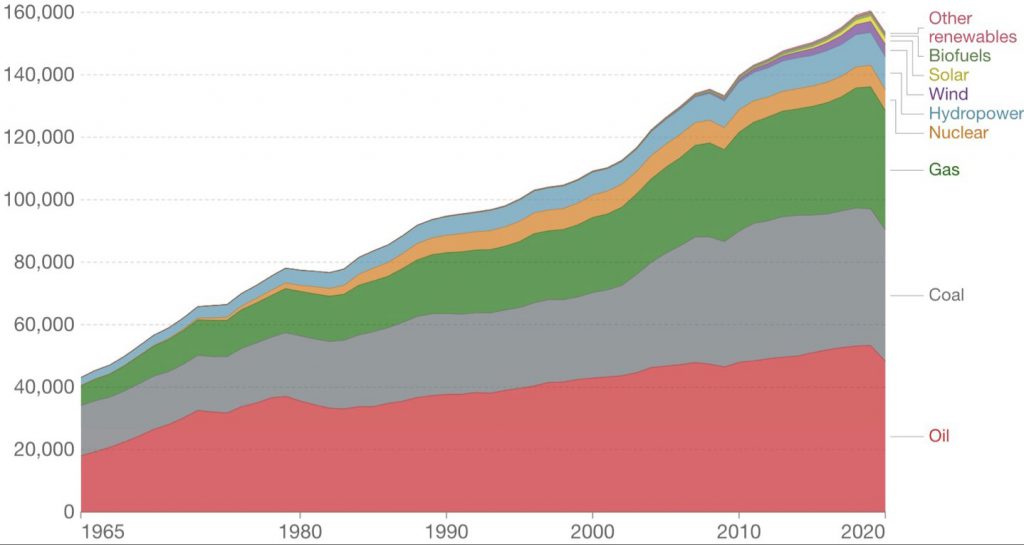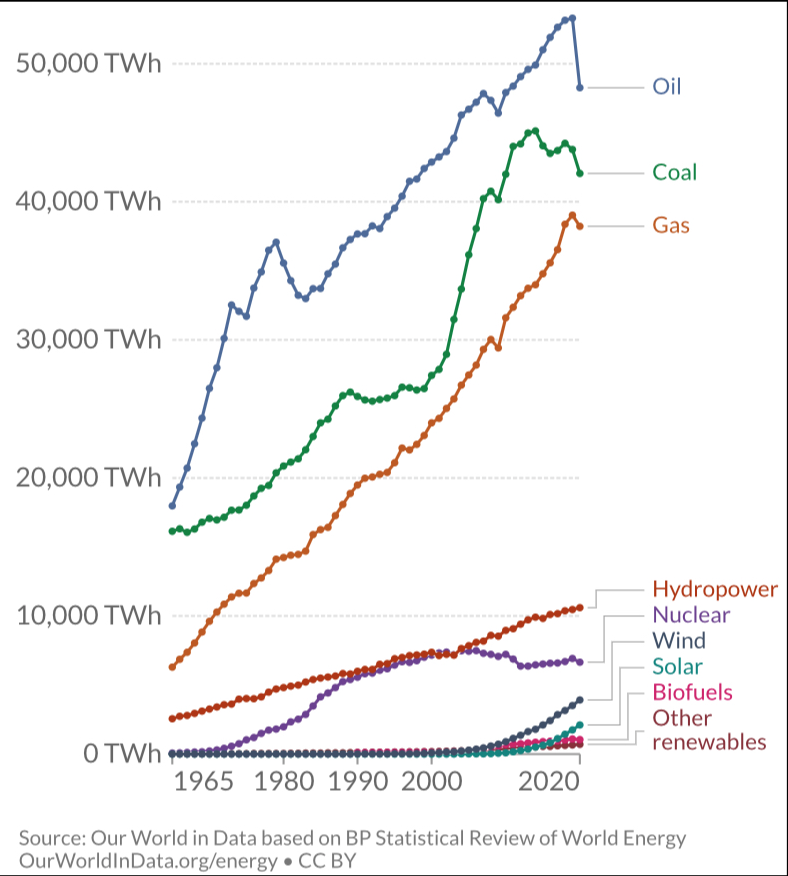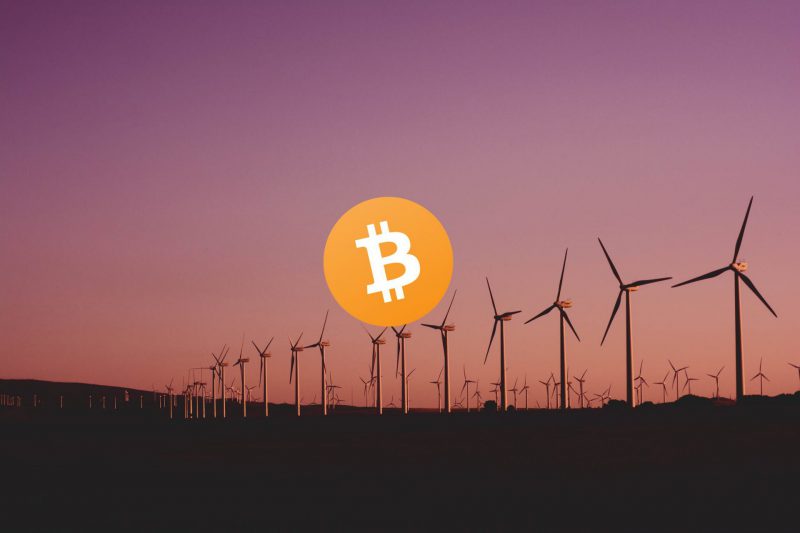In the latest thread of Tweets, Daniel Batten, Bitcoin (BTC) enthusiast, clean energy investor, and environmentalist, shared his thoughts on how Bitcoin mining can do good for the environment, rather than harm.
Batten also shared an 8-minute video from his Vimeo channel, explaining the same.
According to Batten, Bitcoin (BTC) mining is our unexpected superhero. While renewables are becoming more popular, fossil fuels are also on the rise. It is, by far, the most important source of global energy consumption. The IPCC (Intergovernmental Panel on Climate Change) warns that unless we switch to mainly renewable energy by 2030, we will face catastrophic climate change.


Batten looks at the technology adoption curve to see how renewables can become the primary source of energy by 2030.
Solar and wind energy are on the rise, however, while looking at the annual growth rate, we see something alarming. Both solar and wind energy have slowing growth rates. Solar energy has slowed down from 54% per year ten years ago to 22% per year in 2020, meaning that they are not strong enough to combat fossil fuels.


Batten believes that to make the jump to a new type of technology, we need to overcome an energy barrier using a catalyst. This catalyst, in his opinion, is a new type of customer. This new customer, Batten says, is a Bitcoin (BTC) miner.
How can Bitcoin mining help turn things around?
If we take the example of a wind energy farmer, the farmer can team up with a Bitcoin (BTC) miner who purchases power from the wind farmer all year round. A financier would be more than ready to fund such an arrangement as the Bitcoin (BTC) miner would buy energy at times previously unprofitable. This translates to increased sales and profit. It also means that the new wind farm’s capital investment will be paid off faster.
Not only can existing renewable energy businesses develop, Bitcoin (BTC) mining lowers the barrier to entry, allowing new businesses to enter the market.
When the Bitcoin (BTC) mining client is included in the renewable energy adoption curve, we can see a nearly 20% year-over-year increase in both new operators and incumbent operators.
When these two factors are combined, the renewable energy sector grows at a rate of 43% per year.
Batten goes on to conclude that by 2030, 70% of all global energy will be renewable, thanks to a compounding rate of 43% renewable growth over eight years.
How bad is crypto mining for the environment?
Bitcoin detractors have been accusing the world’s largest cryptocurrency of destroying the environment for years. However, new data from Cambridge University demonstrates that the mining landscape has shifted dramatically over time.
Carbon emissions are not the same as energy usage. While calculating the amount of energy utilized by the bitcoin network is very simple, calculating its carbon footprint is significantly more difficult.
To get a precise estimate of bitcoin’s carbon emissions, you’d need to know the exact energy mix utilized to generate electricity for each bitcoin mining operation.
Additionally, scrutinizing Bitcoin’s environmental impacts is rather easy for tech and industry giants as there is no central body to govern the same. Tech giants have long made claims about going carbon neutral, but with little to show for it. Accusing BTC mining is an easy PR stunt to shift the blame to another entity altogether.





